Brothers Grimm
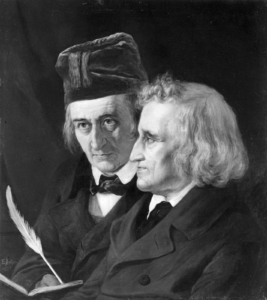
The two Brothers
Jacob and Wilhelm , also known as Brothers Grimm, were German academics, philologists, cultural researchers, lexicographers and authors. They collected and published folklore during the 19th century. The two brothers were born in Hanau in Hesse-Cassel, and spend their childhood in a town called Steinau. They lost their father in 1796, left the family in bad shape both physical and economical. The Brothers Grimm attended the University of Marburg where they began a lifelong dedication to researching the early history of German language and literature, including German folktales.
The rise of Romanticism
The rise of Romanticism during the 18th century had revived interest in traditional folk stories, which to the Brothers Grimms and their colleagues represented a pure form of national literature and culture. The Brothers Grimm established a methodology for collecting and recording folk stories that became the basis for folklore studies. Between the first edition of 1812 and 1815 and the seventh edition of 1857, they revised their collection many times, so that it grew from 156 stories to more than 200.
In addition to collecting and editing folk tales, the brothers Grimm compiled German legends. Individually, they published a large body of linguistic and literary scholarship. Together, in 1838, they began work on a massive historical German dictionary. Before the end of their life, they completed only as far as the word Frucht (‘fruit’).
Many of the Brothers Grimm folk tales have enjoyed enduring popularity. The tales are available in more than 100 languages and have been adapted by filmmakers. Some examples including
- Lotte Reiniger
- Walt Disney,
- Snow White and the Seven Dwarfs
- Sleeping Beauty
During the 1930s and 40s, the tales from the Brothers Grimm were used as propaganda by the Third Reich; later in the 20th century, psychologists such as Bruno Bettelheim reaffirmed the value of the work, in spite of the cruelty and violence in original versions of some of the tales (which the Brothers Grimms eventually sanitized).
The stories ( some of them at least)
- Cinderella
- The Frog Prince
- The Goose-Girl
- Hansel and Grete
- Rapunzel
- Beauty and the Beast
- Little Red Riding Hood
- The Wolf and the Seven Young Goats
- Rumpelstiltskin
- Sleeping Beauty
- Snow White

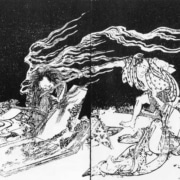


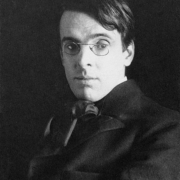
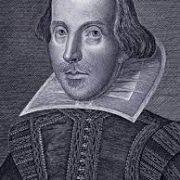
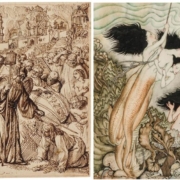 Image credits: (l.) Rembrandt School (Dutch, 17th Century), The Angel Saves Lot and His Family, c. 1660. Pen and brown ink on buff paper, red chalk framing lines. 159 x 129 mm. (r.) Arthur Rackham (British 1867-1939). The Tempest, 1925. Pen and ink with watercolor, 11.5 x 9.5 inches.
Image credits: (l.) Rembrandt School (Dutch, 17th Century), The Angel Saves Lot and His Family, c. 1660. Pen and brown ink on buff paper, red chalk framing lines. 159 x 129 mm. (r.) Arthur Rackham (British 1867-1939). The Tempest, 1925. Pen and ink with watercolor, 11.5 x 9.5 inches.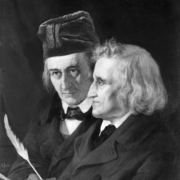
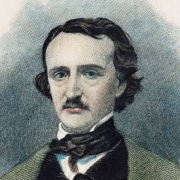
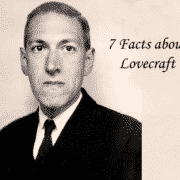 weird-side.com
weird-side.com